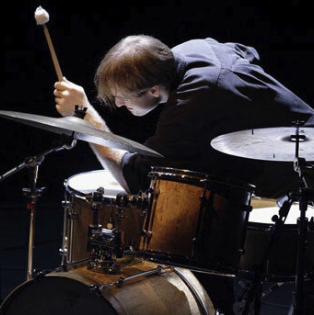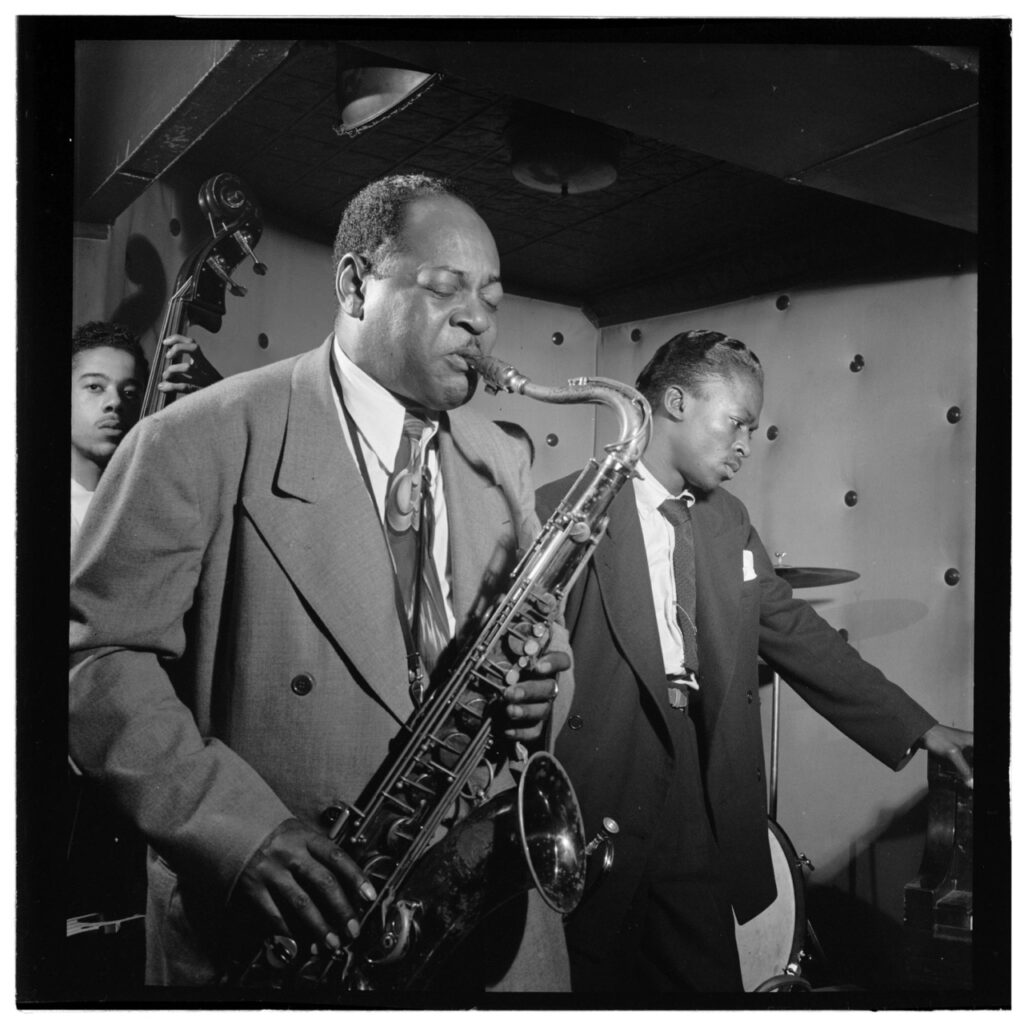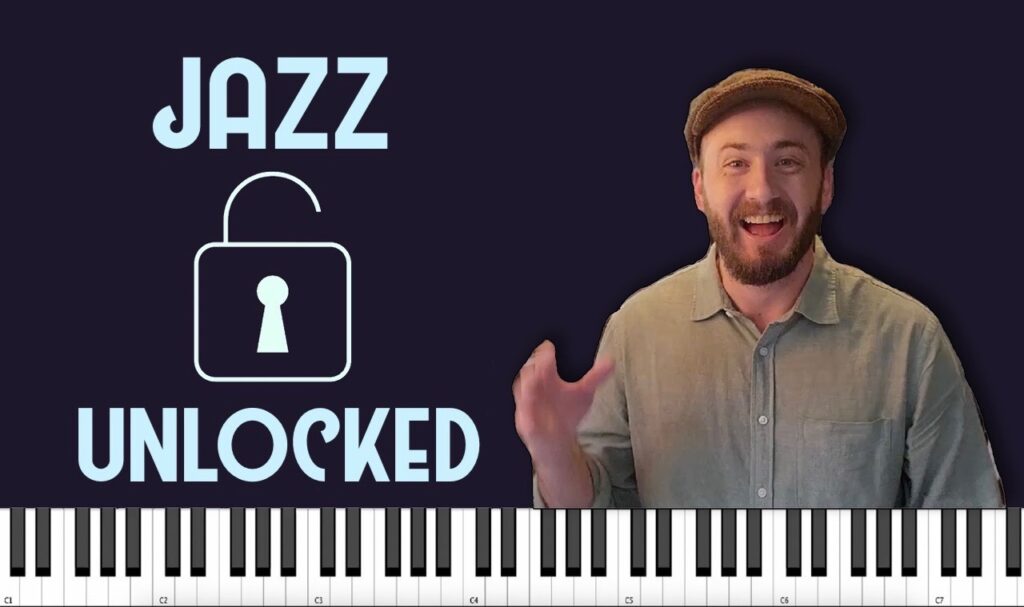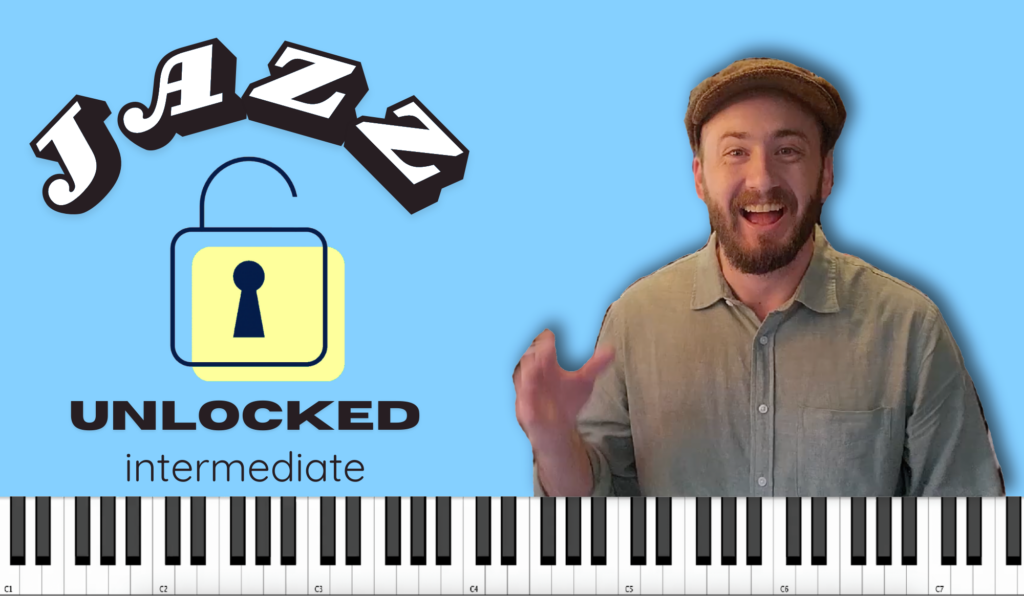In the world of jazz education, musicians often find themselves overwhelmed by the sheer volume of technical exercises, scale patterns, and theoretical concepts they’re told to master. But when I recently sat down (see our interview here) with acclaimed jazz drummer Ari Hoenig, his advice cut through this complexity with striking clarity: “Learn songs, learn to play songs, learn to play a lot of songs.”
During our conversation about his creative process, musical journey, and approach to education, this emphasis on repertoire emerged as perhaps the most essential piece of guidance Hoenig would offer to developing musicians. “If you take anything away from this,” he emphasized, “learn songs.”
Why Learning Jazz Songs Matters

The power of this approach becomes clear when we consider what learning a song truly entails. It’s not merely memorizing a sequence of notes or chord changes – it’s internalizing the entire musical language of a composition. When musicians learn songs thoroughly, they’re simultaneously absorbing phrasing, harmony, form, rhythmic feel, and cultural context.
For Hoenig, this holistic approach has been fundamental to his distinctive style. Known for his melodic drumming approach, where he can play entire melodies (down to the exact pitch!) on a standard drum kit, Hoenig explained how immersing himself in repertoire laid the groundwork for his innovative techniques.
“At some point I realized that I could play the contour of the melody on the drums,” he shared. “And then it became, I can play the actual notes of the melody on the drums.” This evolution began with specific tunes – “I started with ‘Confirmation,’ that was the first tune that I did” – before expanding to explore the melodic possibilities across diverse compositions.
When you learn a jazz standard, you are doing more than just memorizing a melody and chord progression in isolation. Rather, that melody and progression become part of your musical vocabulary. Your playing gets to be inspired by over a hundred years of finely crafted melodies and lush harmonic sequences that are proven to be successful and moving to listeners. Why wouldn’t you want that to be a part of your sound?
What Jazz Songs Should You Learn?

Some music aficionados will insist the a “song” only counts as a lyrical piece of music, while something composed without an expressly sung melody is a “work” or “piece”. Ari Hoenig (like many other jazz musicians in history) don’t bother with the distinction: a piece of music you play is a song. This is why when asked about what specific songs musicians should study, Hoenig answered “all, all songs. If the song has a name, learn it”. This means Charlie Parker, Cole Porter, Wayne Shorter, Duke Ellington, Irving Berlin, Paula Bley, Charles Mingus, and any other source of jazz repertoire one can think of. Be engrossed in the music.
This is brilliant because it resists prescribing a standardized list. “If I told you what to listen to or everybody here what to listen to, that would be a mistake,” he explained, “because then I would be saying, this is what you should listen to to be a good musician.”
Instead, he encourages musicians to follow their own interests and inspirations. This approach ensures that repertoire learning remains personally meaningful and motivated by genuine curiosity rather than external expectations.
Lyrics: An Additional Dimension

Our conversation also touched on the value of learning lyrics when studying songs from the American Songbook or other vocal traditions. While Hoenig admits he “started learning lyrics a lot later” in his development, he acknowledges their importance: “If the lyrics interest you, and especially if you think you might be able to sing them or they might influence the way that you play the song… then go ahead and learn the lyrics. It only adds to the whole experience.”
This highlights an often-overlooked dimension of repertoire study – understanding the narrative and emotional intent behind compositions with lyrics can profoundly transform how instrumentalists approach interpretation.
The Takeaway
In an era when jazz education often emphasizes complexity and specialization, Hoenig’s straightforward advice – “repertoire, learning songs” – offers a refreshingly direct path to musical development. By immersing themselves in songs they love, musicians naturally develop the technical, theoretical, and improvisational skills needed for artistic expression.
As Hoenig summarized when discussing musical growth: “If you’re interested in your craft and the music, just get better at it and keep pursuing the things that inspire you.” For most musicians, there’s no more inspiring starting point than the songs that drew them to jazz in the first place.
How to keep learning
To understand the nuance, construction, and beautiful workings of jazz songs, the Jazz Unlocked course series is your source to learn! Each course has 5 video modules taught by This Is Jazz founder and jazz pianist/educator, Quentin Walston. You get lifetime access plus playlists to hear the masters play the concepts you learn.

